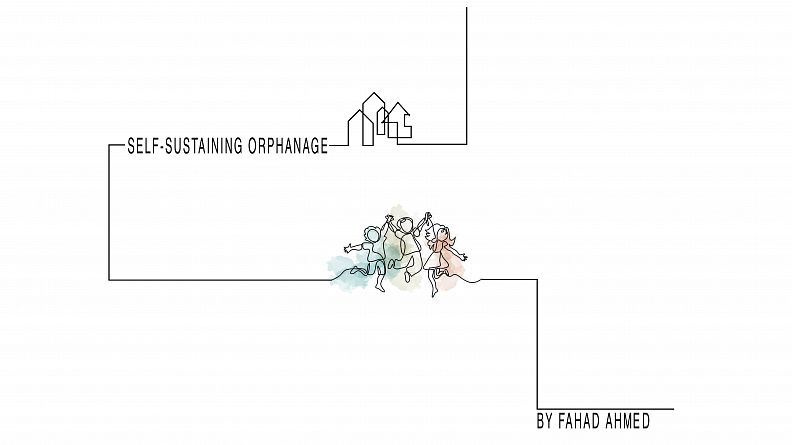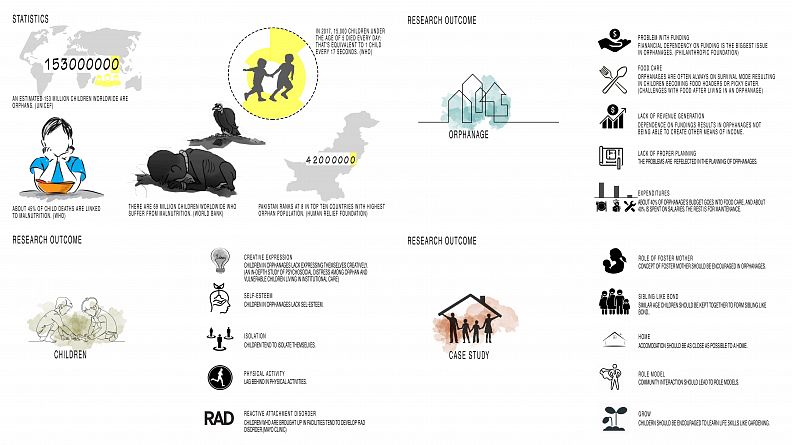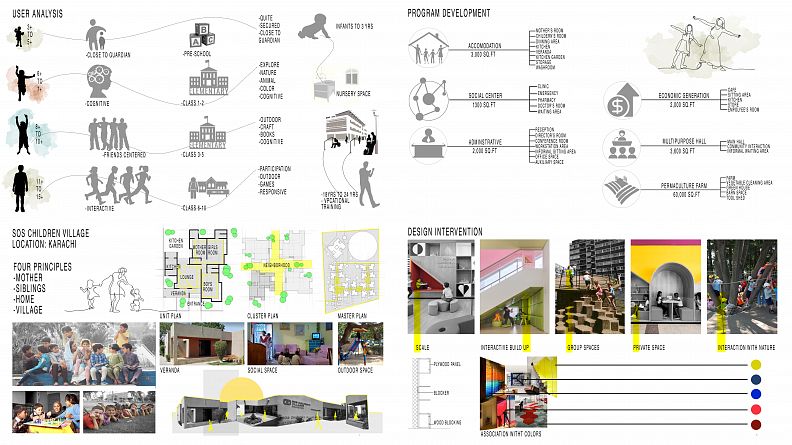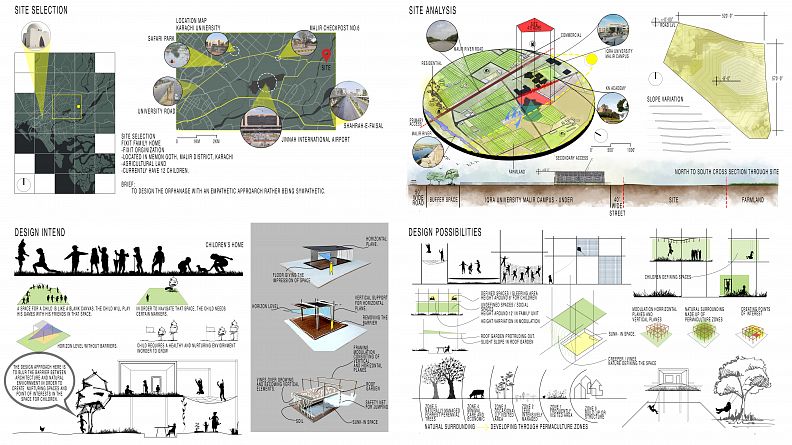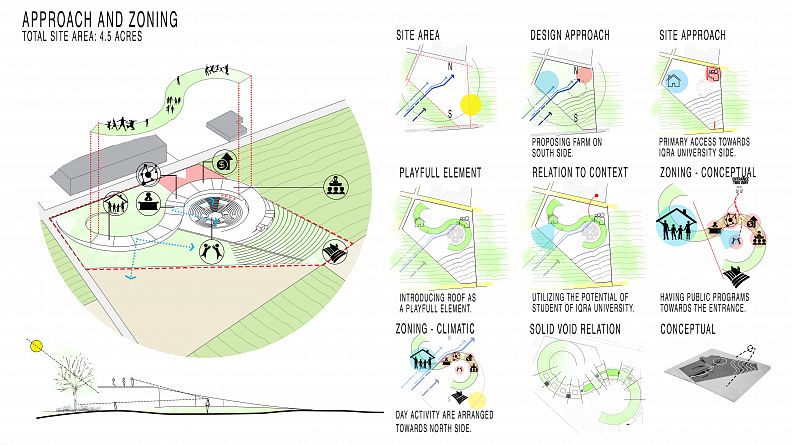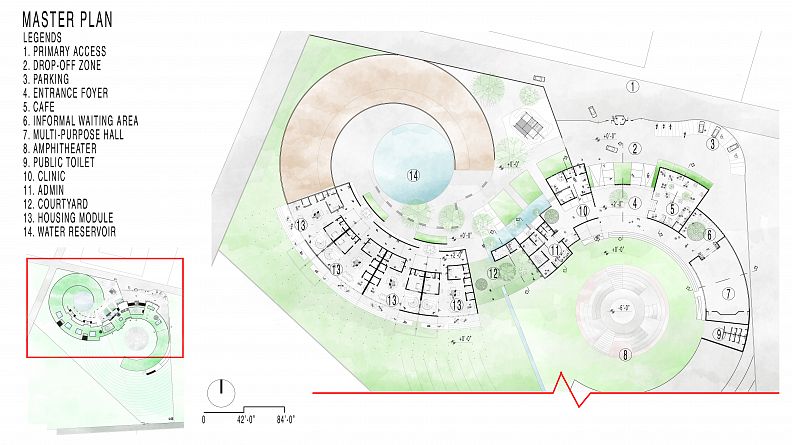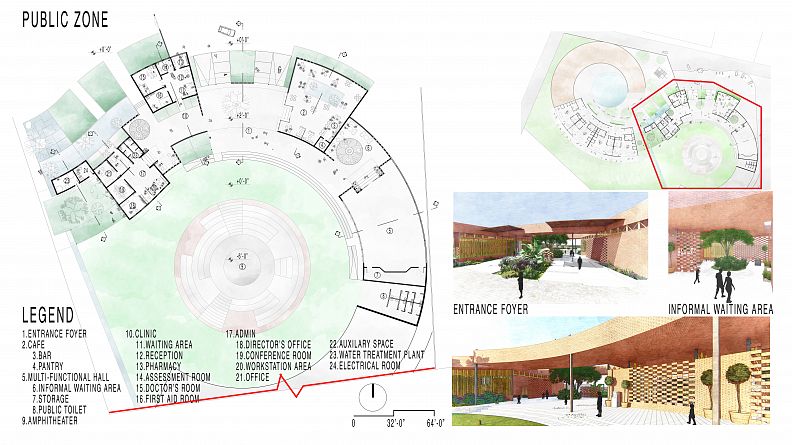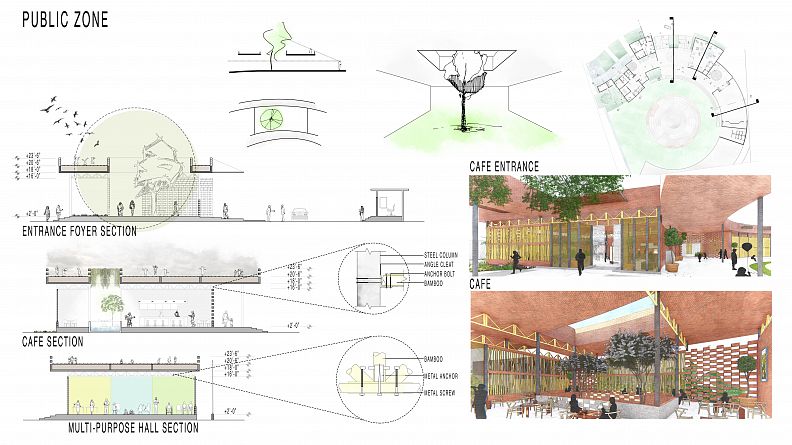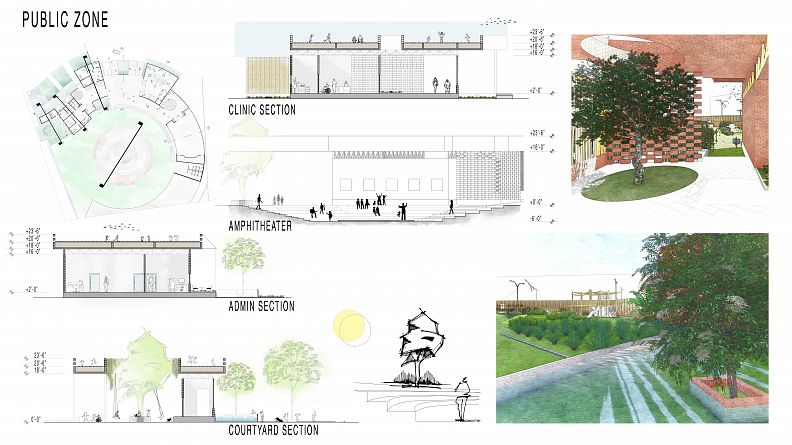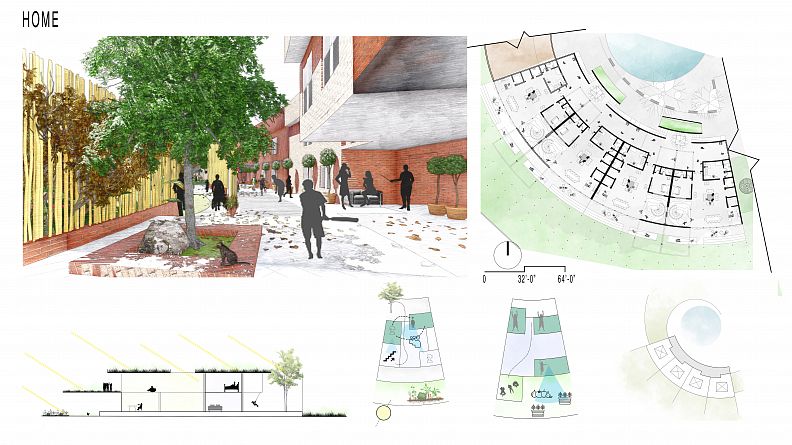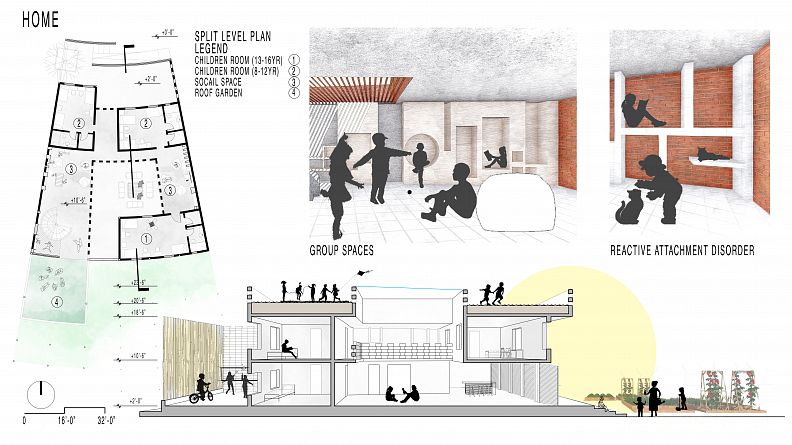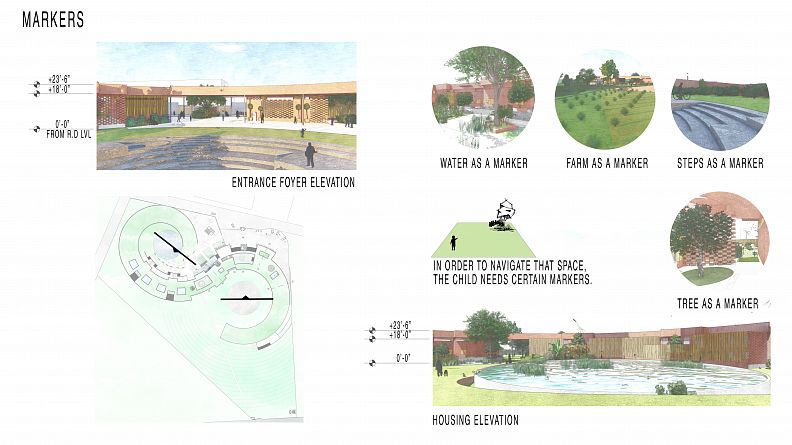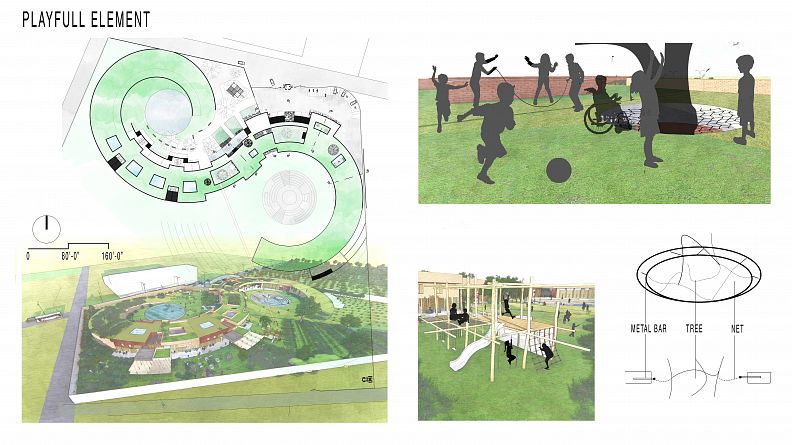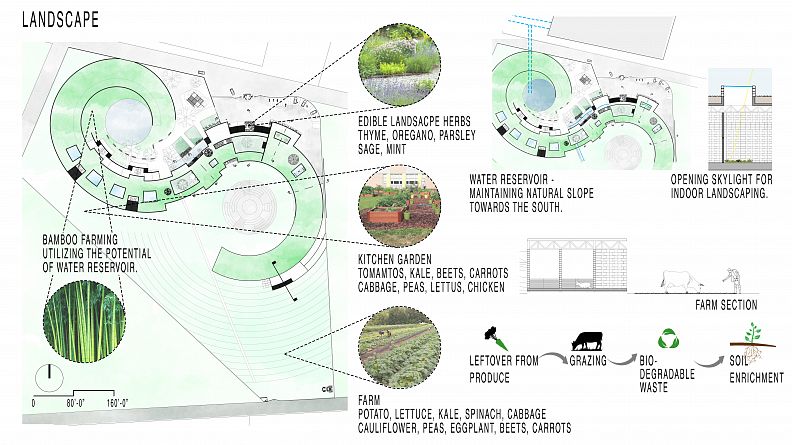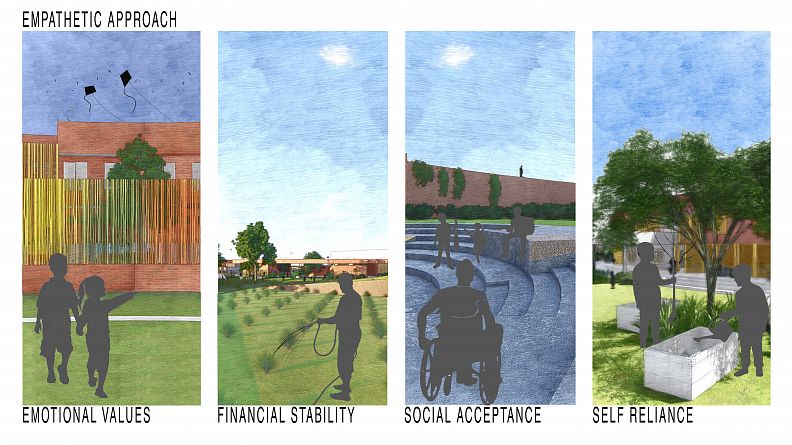Self-Sustaining Orphanage

Project idea
The idea behind this project was to work for the betterment of orphans by closely examining the current situations of orphanages in Karachi and the problems these facilities are facing.
Project description
Introduction
One of the biggest issues facing orphanages is their financial dependence on funding which results in orphanages not being able to create other means of income. Orphanages are often always on survival mode resulting in children not being able to expose to different tastes and textures which morphs into children either becoming food hoarders or picky eaters. About 40% of budget goes into food care and about 40% is spent on salaries. The remaining is left for maintenance.
Children who are brought up in facilities like orphanages have psychosocial problems They lack expressing themselves creatively, lacks in self-esteem, they tend to isolate themselves which results in them lagging behind in physical activities. One of the key issues relating to children was RAD disorder. Children who are raised in orphanages tend to develop this disorder, resulting in children becoming violent towards their surrounding and other living being.
Inclusion of foster mother to take care of the physical and phycological needs of children should be encouraged in orphanages. Similar age children should be kept together to form sibling like bond. Accommodation should be as close to as a normal home. Engagement with community should lead to role models. Children should be encouraged to learn life skills.
A program was devised consisting of Home for children and foster mother with supporting programs. An economic generative program was also proposed in the form of café which could be utilized as a platform where children after certain age can do part-time work and gain the real-life experience which can lead to role models. A permaculture farm was also proposed in order to take care of issues related to food care.
Technical information
The openness surrounding the site inspired to this lush green accessible roof which is acting as a playground space for every child. The clearance height was kept to 16’ to have ventilation across the build-up. In terms of material the ideation was to have children being exposed to different textures so the use of brick, steel columns, bamboo truss and green spaces was heavily utilized. They key aspect of the projects is permaculture farm; a rainwater catchment area was also proposed. Relaying only on rainwater was not sufficient enough. Treating running gray water from university across the project and utilizing it in farm.
